Pharaoh Ant
Ant control in North Wales
We specialise in ant control and removal in the whole of the North Wales area and we undertake both domestic and commercial work. There are no hidden fees, so the price you are quoted is the price you pay. Ant treatment is a fixed fee of £90.00.
How the treatment works
Over the counter ant powder can reduce the number of problem ants, but it will not solve the problem; particularly if you have an infestation of Pharaoh ants.
Ant colonies can be several feet in depth and width in your garden, or under your home, making eradication of your ant problem tricky. The first job is to identify which ant is causing the problem. In the UK, the most common ant is the Black Ant, or Garden Ant (Lasius niger). The other, but rarer species, is the Pharaoh ant (Monomorium pharaornis).
Trying to destroy a Pharaoh ant problem with over the counter ant powder will result in satellite colonies being formed and your problem will just get worse.
DGD Pest control use an industry tried and tested pesticide gel which the ants feed on, take back to the colony and feed to the queen and the larvae. The queen then dies and the ant colony is destroyed. Numbers are reduced significantly within a couple of days and the colony should be gone within four weeks.
Contact us
We work 7 days a week and will arrive in unmarked vehicles for a discreet service. Our ant treatment working hours are 8.00am to 10pm.
We are based central to North Wales in Rhyl and the areas covered are: Anglesey, Caernarfon, Betws-y-coed, Bethesda, Llanfairfechan, Penmaenmawr, Conwy, Deganwy, Llandudno, Mocdre, Llanddulas, Abergele, Towyn, Rhyl, Bodelwyddan, Rhuddlan, Dyserth, Cwm, Prestatyn, St. Asaph, Trefnant, Denbigh, Holywell, Greenfield, Bagillt, Flint, Connah's Quay, Mold, Buckley, Chester and everywhere in between.
To get rid of ants in your home and garden, CALL 07515 391927 now for a quick service
ANTS
There are more than 8000 known species of ants. They differ greatly in the way that they construct their nests, form their colonies and obtain their food. Most ants are beneficial, scavenging on waste material and on other insects. Some, however, are pests and need to be controlled. The Pharaoh’s Ant, Monomorium pharaonis is one such species which, once introduced into premises can be extremely troublesome and difficult to remove. The Black Garden Ant, Lasius niger, is another species which, although generally found outdoors, can enter buildings in search of sweet foodstuff.
NUISANCE FACTOR
The workers of both species are often a considerable nuisance when foraging for food or water along scent-marked trails. They feed on most foodstuffs, Pharaoh’s ants, preferring proteinaceous foods like meat, cheese and fats, the garden ant favouring sweet materials. Pharaoh’s ants also infest hospitals, feeding on blood, intravenous liquids, bodily excretions and sterile and soiled dressings. They commonly chew on materials and packaging and can even bite children. Clearly they pose a serious threat to health as vectors of pathogenic organisms. Black ants mass round sweet foods in the home but are a nuisance outside too. They excavate the soil, making it dry whilst simultaneously helping to cultivate greenfly to feed on the sweet secretions the greenfly produce whilst feeding.
DESCRIPTION
The body of the ant is divided into three main sections; head, thorax and abdomen. These body parts are joined by very narrow waists. All ants have antennae that feature an elbow-like joint. Pharaoh’s ants have biting mouthparts and a set of forewings hooked to a pair of hind wings, although wings may not be present in all cases. Workers are 1.5 – 2mm long and yellow/brown in colour. Males are 3mm long, black, winged but do not fly. Queens are 3.5 – 5mm long, dark red with non-functional wings that are discarded after mating. The black worker ant is 3.4 – 5mm long and despite its name, is dark brown in colour whilst the queen is typically 15mm long and mid brown in colour.
LIFE CYCLE
PHARAOH’S ANTS
Pharaoh’s ants are social insects. Each member of the colony, (which can range from a few dozen to 300,000), has a particular function to perform within the community. The colony will consist of sterile female workers, sterile males and fertile queens – of which there can be many. Nests are established by a newly-mated queen which remains within the confines of the nest. The first batch of eggs hatches, producing grub-like larvae. The queen will then feed them for three weeks until they pupate. Adult ants emerge around 10 days later and take over the task of rearing subsequent batches of eggs. About 10% of workers forage for food, the remainder continue rearing and building the nest. The whole cycle from egg laying to adult takes about 5 weeks. Another way in which new colonies are formed is by a process known as budding and this can occur when a nest is disturbed (e.g. by use of residual insecticides), prompting the adult ant to carry larvae to a new site, from which they will rear queens and males.
Black Garden Ants
BLACK GARDEN ANTS
Mating of black ants takes place almost exclusively on the wing and occurs for 2-3 hours when large swarms of winged ants can be seen. After mating the males die and the females lose their wings and dig a hole in the soil where they form a cell in which they overwinter.



